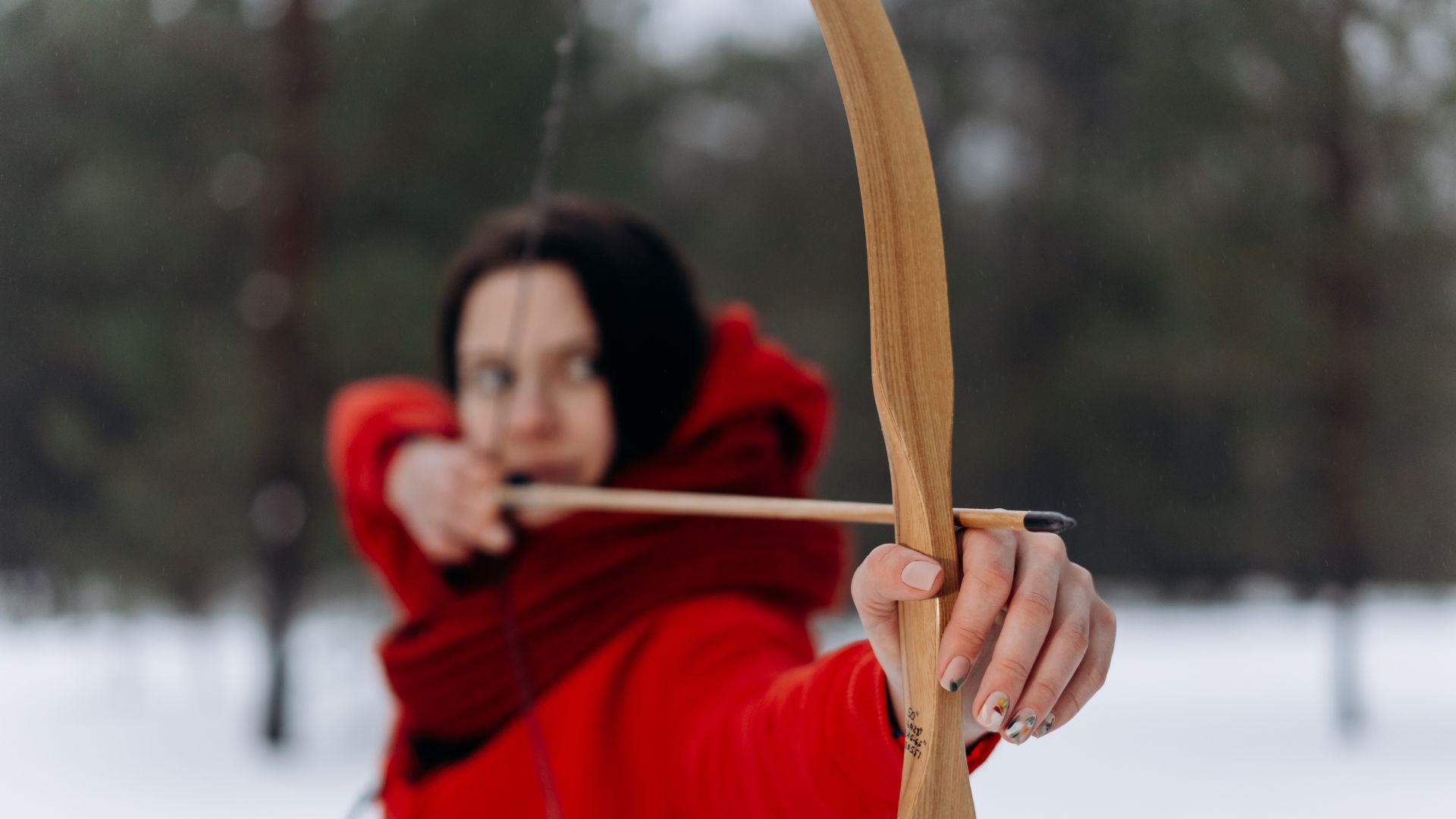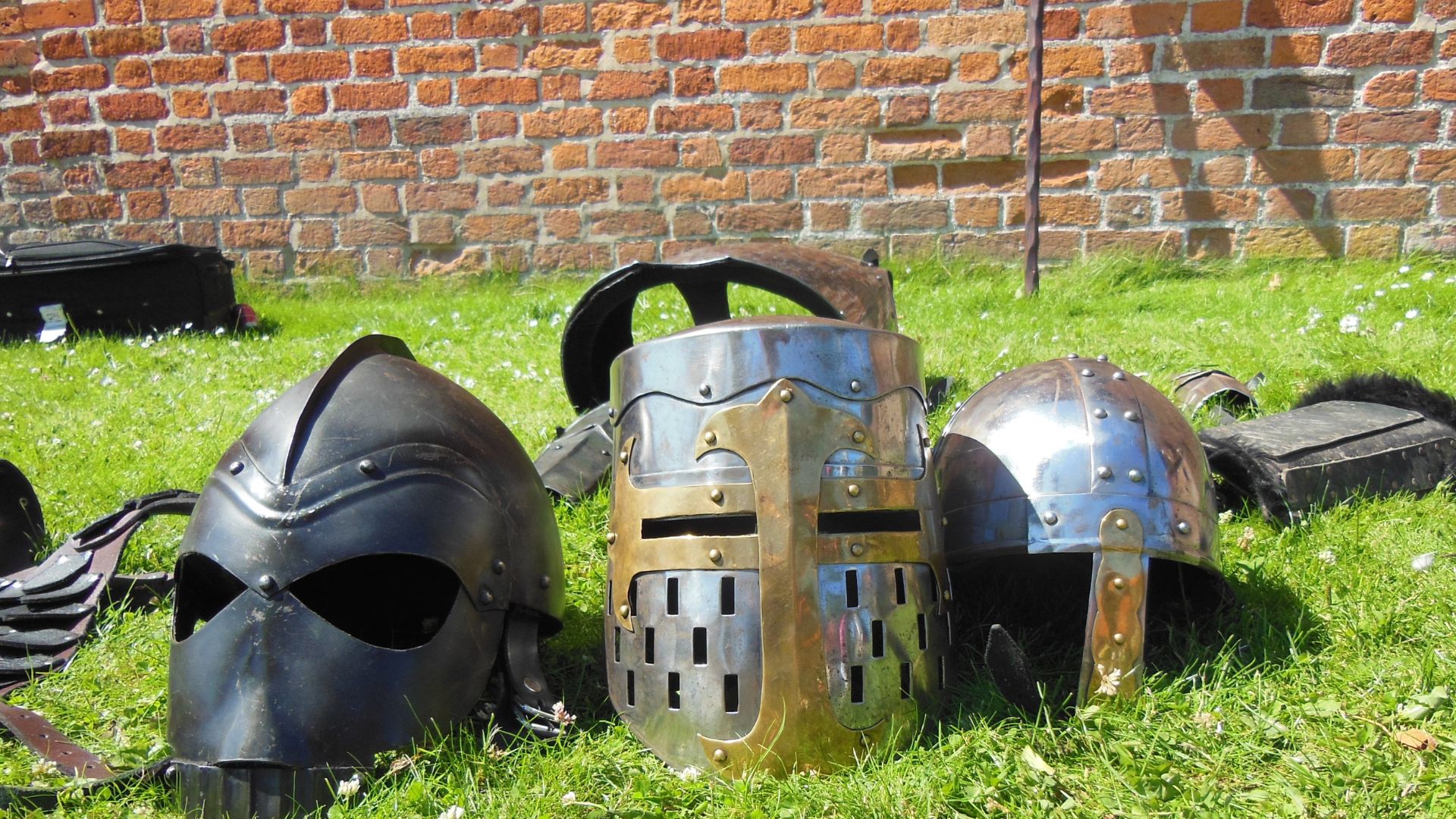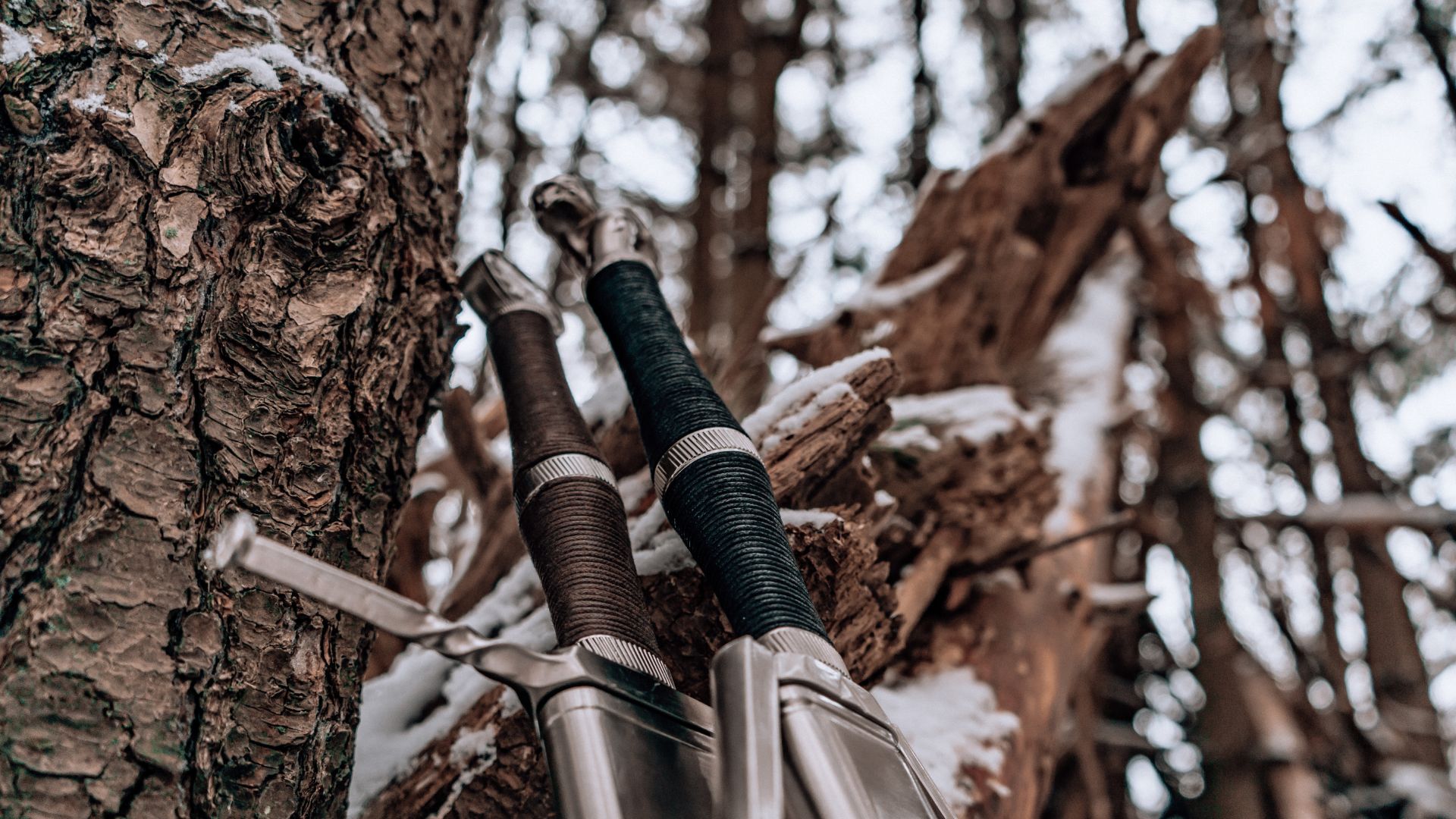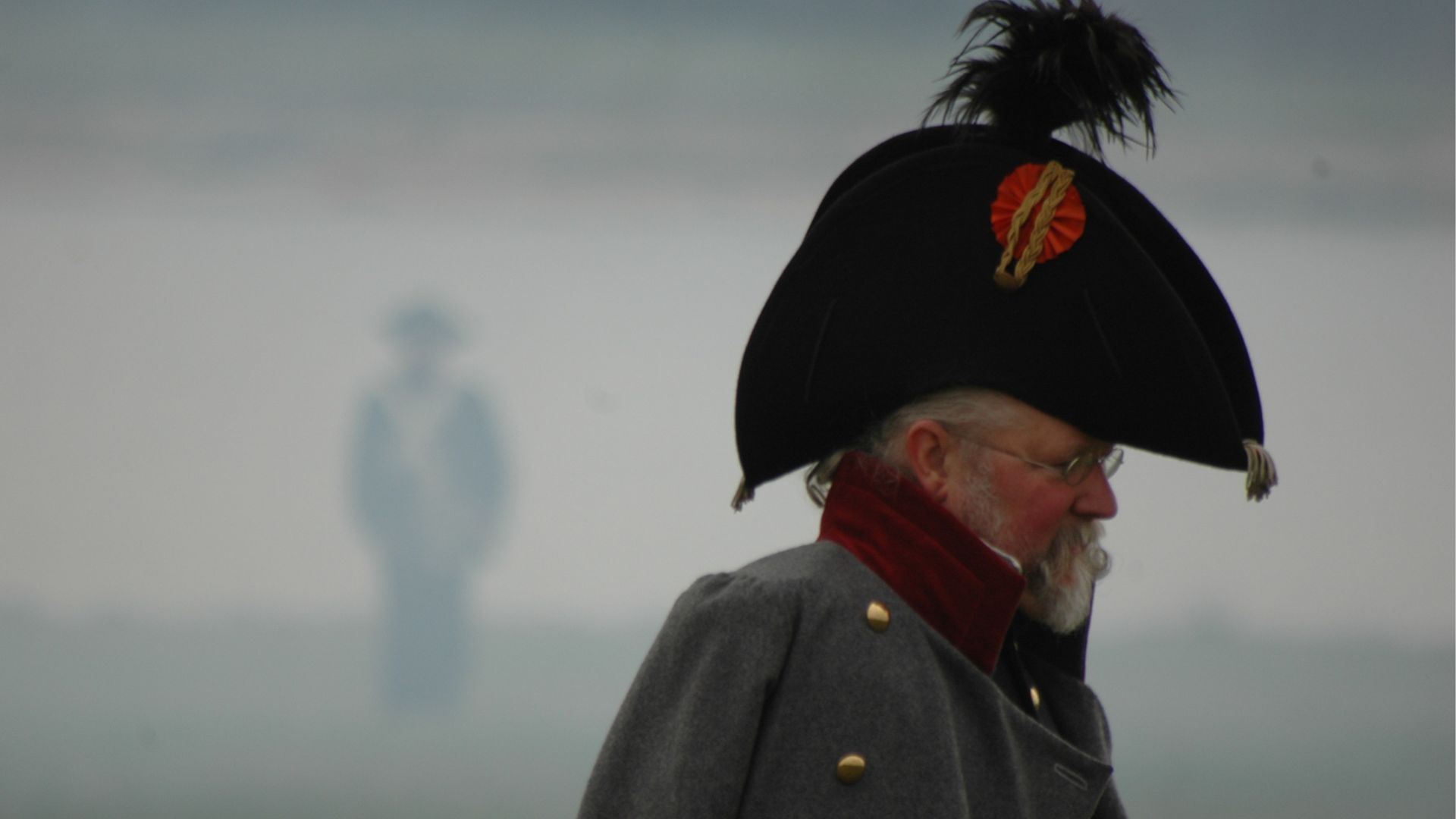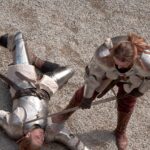Historical reenactment is a fascinating and rewarding hobby that allows you to step back in time and experience history in a way that books and documentaries can’t match. It’s more than just wearing a costume and playing a part – it’s about immersing yourself in a particular period, learning about the past, and sharing that experience with others. Whether you’re interested in ancient history, medieval times, or World War II, there’s a historical reenactment group for almost every period and event.
If you’re new to historical reenactment and wondering where to start, don’t worry. This step-by-step guide will walk you through the process of getting involved, from researching the right time period to finding the right group and participating in your first event. So, grab your curiosity and enthusiasm – let’s get started:
- Step 1: Researching your chosen time period
- Step 2: Finding a reenactment group
- Step 3: Gathering authentic gear
- Step 4: Participating in your first event
- Learn, make friends, immerse yourself with Historical Reenactment
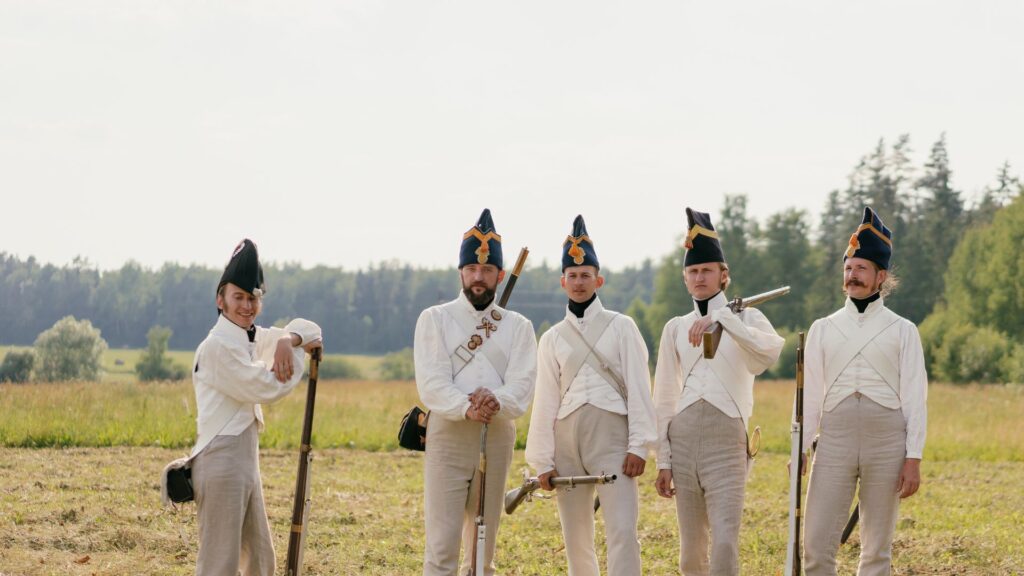
Step 1: Researching your chosen time period
The first step in joining the world of historical reenactment is choosing the time period that interests you the most. With so many different historical eras to choose from, it’s important to take some time to explore your options.
Think about your interests: Start by thinking about what historical periods fascinate you. Do you love the medieval period with its knights and castles, or are you drawn to the drama and innovation of the Victorian era? Maybe ancient Rome or the American Civil War sparks your imagination. Your interests will guide you toward the time period that excites you the most.
Do some research: Once you have an idea of which period you want to explore, start researching it. Books, documentaries, and online resources are great ways to begin learning about the history, key events, and notable figures of the time. By understanding the context of the period, you’ll be better equipped to fully embrace the experience of reenacting it.
Explore sub-categories: Many historical reenactments focus on specific events or aspects of a particular time period. For example, within medieval reenactment, you could explore the Norman Conquest, the Wars of the Roses, or Viking invasions. Narrowing down your focus can help you pick an area that truly resonates with you.
Step 2: Finding a reenactment group
Once you’ve selected your time period, the next step is to find a reenactment group. Reenacting is a social activity, and finding like-minded people who share your passion for history is a key part of the experience.
Search for local groups: Many historical reenactment groups are regional, so the best place to start is by searching for groups near you. You can look online, on social media platforms, or check local historical societies for information about reenactment groups. Many groups have websites or Facebook pages where they post about upcoming events, membership details, and more.
Ask around: If you have friends or family who are involved in reenactment, ask them for recommendations. Word of mouth is a great way to find reputable groups. If you don’t know anyone personally, consider attending a local event to meet others and network.
Join forums and online communities: There are plenty of online forums and groups dedicated to historical reenactment where you can ask questions and connect with other enthusiasts. These online spaces often offer advice on how to get started and can point you toward local events or groups that would be a good fit for you.
Consider the group’s focus: Different reenactment groups focus on different aspects of history – some might be dedicated to large-scale battles, while others focus on daily life, crafts, or specific historical events. It’s important to choose a group that aligns with your interests and the type of reenactment you want to participate in.
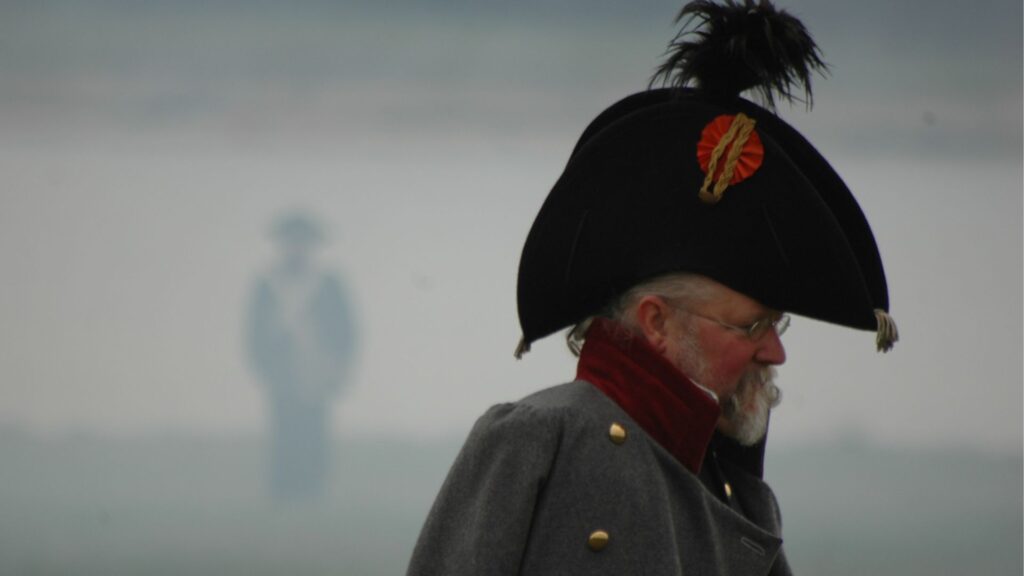
Step 3: Gathering authentic gear
Now that you’ve found your time period and joined a group, it’s time to start gathering your gear. The authenticity of your costume, weapons, and props is crucial to the reenactment experience. Historical accuracy not only enhances your own enjoyment but also contributes to the overall atmosphere of the event.
Start with the basics: Depending on your chosen period, you’ll need clothing that reflects the time. For medieval reenactments, this might include tunics, armour, and cloaks; for Roman reenactments, you might need a toga or a soldier’s uniform. Your group will likely provide guidelines or suggestions on what you need. Be sure to check in with them before making any purchases.
Look for quality and authenticity: While some online stores sell “historically inspired” costumes, it’s important to focus on authenticity. Look for vendors who specialise in historical reenactment clothing and props. They often use materials, cuts, and techniques that are true to the time period. For weapons, make sure you get LARP-safe versions made of foam or latex.
Make or modify: Many reenactors choose to make or modify their own costumes and gear. If you have sewing skills, creating your own gear can be a rewarding part of the reenactment process. There are plenty of online resources and tutorials to help you make your own armour, weapons, or accessories.
Avoid overbuying: As a beginner, it can be tempting to buy everything all at once. However, it’s best to start with the essentials and gradually build your gear over time. Focus on getting the basic clothing and weapons first, then expand your collection as you gain experience.
Step 4: Participating in your first event
Once you’ve got your gear and are ready to go, it’s time for your first reenactment event! Participating in your first event can be a bit nerve-wracking, but with the right preparation, it’ll be an enjoyable and memorable experience.
Prepare yourself mentally: Reenactments can be intense, especially if they involve battles or complex scenarios. It’s important to embrace the mindset of your character and immerse yourself in the experience. Read up on your character’s backstory, motivations, and role in the event, so you can really get into character.
Arrive early: Arriving early will give you time to get into your costume, meet other participants, and familiarise yourself with the event’s schedule. Some events involve rehearsals or introductions, so being on time is essential to ensuring everything runs smoothly.
Follow the rules: Every reenactment has its own set of rules, especially for combat or interactions. Pay attention to the guidelines set by the organisers and your group to ensure safety and fun for everyone involved. Ask questions if you’re unsure about anything.
Have fun and be open: Reenactments are all about having fun, learning, and connecting with others who share your passion. Don’t be afraid to ask for advice, make new friends, and embrace the experience. You’re there to enjoy the history, learn, and contribute to an incredible event.
“Getting started in historical reenactment is like stepping through a time portal – it’s about embracing the past, learning through experience, and becoming part of a living history that connects us to those who came before us.”
Learn, make friends, immerse yourself with Historical Reenactment
Historical reenactment is a fantastic way to learn about history, make new friends, and immerse yourself in a different time period. By following these steps – researching your time period, finding a group, gathering your gear, and participating in your first event – you’ll be well on your way to joining this rewarding hobby.
Let’s recap today’s article:
- Begin by exploring different historical periods that interest you, such as medieval, Roman, or Civil War, and dive into the key events and figures of that era.
- Look for local reenactment groups that focus on your chosen period. Join forums, network with others, or attend local events to connect with like-minded enthusiasts.
- Start with the basics of clothing and props that reflect your chosen era. Look for historically accurate items, and consider making or modifying your own gear for authenticity.
- Don’t overbuy gear at first. Focus on the essential pieces of clothing and weapons, and build your collection over time as you gain experience.
- Familiarise yourself with your character, the event’s rules, and the schedule. Arrive early, embrace the mindset of your character, and enjoy the experience.
- Historical reenactment is about enjoying the process, learning about history, and connecting with others. Be open to advice, make new friends, and fully immerse yourself in the event.
The world of historical reenactment offers countless opportunities for adventure, education, and personal growth, so dive in and start your journey into the past!


